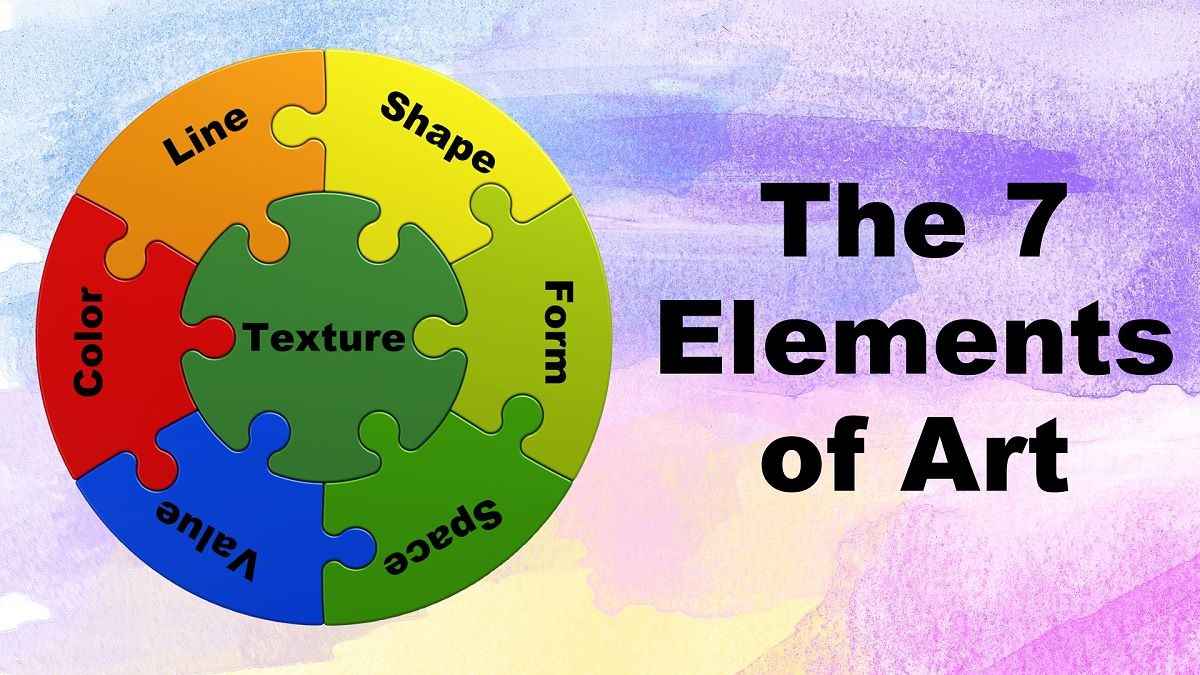The Arts, as one of the richest forms of area of knowledge (AOK) in TOK, includes a diversity of disciplines such as music, dance, theater, film, literature, visual arts, and architecture. If we look at all the forms of art, the meaning of art lies in the imaginative, subjective, perceptual understanding and skillful expression of creativity about what an artist intend to express.
“Art is the activity by which a person, having experienced an emotion, intentionally transmits it to others” – Leo Tolstoy.

The table of contents below is ‘Beyond the Obvious’- which calls for your critical exploration as an Area of Knowledge (AOK).
Table of contents (approximately 10 teaching hours)
1. The Art in TOK: Analysing through the knowledge framework
2. Connection of The Arts as an AOK to the Core Theme
3. The Art of Knowing: More Than Just Aesthetics – Why is art considered a powerful form of knowledge?
Unlock the full spectrum of premium Theory of Knowledge content for THE ARTS—only a glimpse of our table of contents is visible now. Choose our Monthly Membership for instant access or save big with our Yearly Plan. Elevate your TOK teaching and inspire your students with expert insights!
Join Now

This website is a big repository of Theory of Knowledge (TOK) for the IB community. The content is comprehensive and created with detailed exploration, introspection, and critical research to make it as robust and engaging for the IB teachers, schools, and students. The content is penned down on all the TOK facets, with detailed understanding and tips on how to ace in TOK essay and TOK exhibition. Students get exposed to hundreds of real-life examples and objects, which incite their thinking bulbs. In addition, teachers get mind-boggling ideas on TOK lesson plans, TOK unit planners, TOK presentations, and 100’s of TOK classroom activities to teach TOK most creatively, being the best version of themselves!
This content is for Monthly and Annual members only.
Login Join NowStep into a world of interactive learning where TOK, ATTL, and the IB Learner Profile come alive! Subscribe now for full access to our groundbreaking resources and join a community of educators dedicated to creating a dynamic and engaging learning environment.






